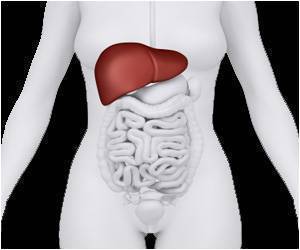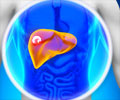The study suggests that there may be a change in the overall mucosal-immune interface in cirrhosis patients, with a more toxic microbiota in gut and oral cavity.
Liver cirrhosis is a slowly progressing disease in which healthy liver tissue is replaced with scar tissue, eventually preventing the liver from functioning properly. Hospitalization may be required in severe cases of liver damage. Analyzing the ratio of good-bad bacteria in the gut could help doctors predict which liver cirrhosis patients would suffer inflammations and require hospitalization. Now a new study has revealed that this prediction could be done even by analyzing the good-bad bacteria in saliva.
Dr. Jasmohan Bajaj, associate professor of hepatology at the Virginia Commonwealth University (VCU) School of Medicine in the US, said, "It has been believed that most of the pathogenesis of cirrhosis starts in the gut, which is what makes this discovery so fascinating. The fact that saliva, along with fluid in the gut, can be an indicator of inflammation tells us that we need to further explore the oral cavity and its connections to liver disease."
The study comprised of more than 100 cirrhosis patients, 38 of which had to be hospitalized within 90 days because of flare-ups. Researchers found that the ratio of good-to-bad microbes was similar in the saliva as in the stool of these patients who required hospitalization. The study also found that people with cirrhosis had impaired salivary defenses, mirroring the immune deficiencies that take place in the gut.
Co-author of the paper Phillip Hylemon, who is also from the VCU School of Medicine, said, "The data suggest that there may be a change in the overall mucosal-immune interface in cirrhosis patients, allowing a more toxic microbiota to emerge in both the gut and oral cavity."
The study will be published in
Hepatology.
Source-Medindia

 MEDINDIA
MEDINDIA




 Email
Email










